T-Mobile's decision to discontinue its JUMP! On Demand program marks the end of an era for one of the wireless industry's most customer-friendly upgrade initiatives. The carrier is discontinuing its lease-based upgrade service that previously allowed customers to swap devices as frequently as monthly, with new enrollments already suspended and only current participants benefiting from what amounts to an unexpectedly generous farewell package, according to Find Articles.
Here's the remarkable part: existing customers will keep their current devices and have all remaining lease payments waived when the program officially closes, a rare move in an industry where program shutdowns typically leave customers scrambling to fulfill existing obligations.
What made JUMP! On Demand so revolutionary?
When T-Mobile launched JUMP! On Demand in 2015, it broke from the standard playbook. Competitors were still pushing rigid 2-year contracts with hefty early termination fees. JUMP! On Demand ran as a true lease where customers paid monthly fees without committing to ownership. The hook was flexibility. You could swap a leased device every 30 days under 18-month leases, according to SlashGear.
That freedom was unheard of at the time. Want the latest iPhone for a month, then jump to the newest Galaxy, then test a Pixel for kicks? You could. For tech enthusiasts and frequent upgraders, it felt like a smartphone buffet without the financial drag of full ownership, as Pixels SEO details.
In practice, it worked like a subscription before subscriptions were cool. You entered an 18-month lease, made fixed monthly payments, and after a minimum period, typically six months, you could upgrade to any new device by starting a fresh lease. Perfect for anyone who wants the latest and greatest without traditional financing commitments.
Why carriers are moving away from leasing programs
The landscape that made JUMP! On Demand shine in 2015 has shifted. A lot.
Upgrade cycles have stretched beyond three years on average, which cuts demand for frequent swaps, Find Articles reports. Annual upgrades once felt necessary because year-over-year gains were dramatic. Now, phones are fast, durable, and good enough for longer, so people hang on.
There is also financial risk. Carriers carry the residual value risk on leased phones, leaving them exposed to used market swings, according to the same analysis. Lease a phone today, bet on its value tomorrow. If the used market sags, carriers eat the loss.
Operationally, installment plans are cleaner. Easier to explain, simpler to account for, and they pair neatly with big trade-in bill credits that carriers love to market, Find Articles notes. Offer someone hundreds off a new iPhone through credits on an installment plan, and the straightforward math often beats the complexity of a lease.
The silver lining: What current customers gain
Here is the twist for existing JUMP! On Demand subscribers. T-Mobile's support documentation confirms that "active leases will be completed early" and customers will keep whatever device they currently have. In plain English, if you have eight months left at 30 dollars per month, that is 240 dollars forgiven.
Timing matters too. Current members get one final upgrade opportunity before the program shuts down, according to the same source. Eyeing a newer model? Make the swap now, then keep the upgrade without finishing the lease.
For many, that adds up to real savings, especially for recent upgrades or pricier phones with higher monthly payments. T-Mobile could have required customers to finish leases or pay early termination fees. Instead, it is handing out a parting gift.
What comes next for T-Mobile customers?
T-Mobile's strategy now lines up with the broader industry shift toward installment financing, paired with promotions that forgive remaining balances when customers trade in for newer models.
Upgrade options are not gone. The original JUMP! Program, launched in 2013 as the first early upgrade option among major carriers, is still running and has facilitated over 50 million early upgrades according to T-Mobile's metrics, Expert Beacon reports. It serves different needs than the ultra-flexible JUMP! On Demand.
The big difference is the standard JUMP! Program requires customers to pay off at least 50 percent of the device cost before upgrading, TMO Report notes. Less freedom than monthly swaps, sure, but it fits a world where people keep phones longer.
The broader story tracks the smartphone market's slowdown in year-over-year leaps. In 2015, annual upgrades could feel like jumping from black-and-white to color. Today, patience pays. Improvements are incremental, lifespans are longer, and fewer users feel the itch to switch every few months.
Bottom line: T-Mobile's JUMP! On Demand closure signals the industry shift toward traditional financing, but current customers are getting an unusually generous send-off. If you are enrolled, grab that final upgrade window and enjoy your soon-to-be-free phone. It is rare to see a program end with terms this friendly, and the savings on remaining lease payments could be substantial.




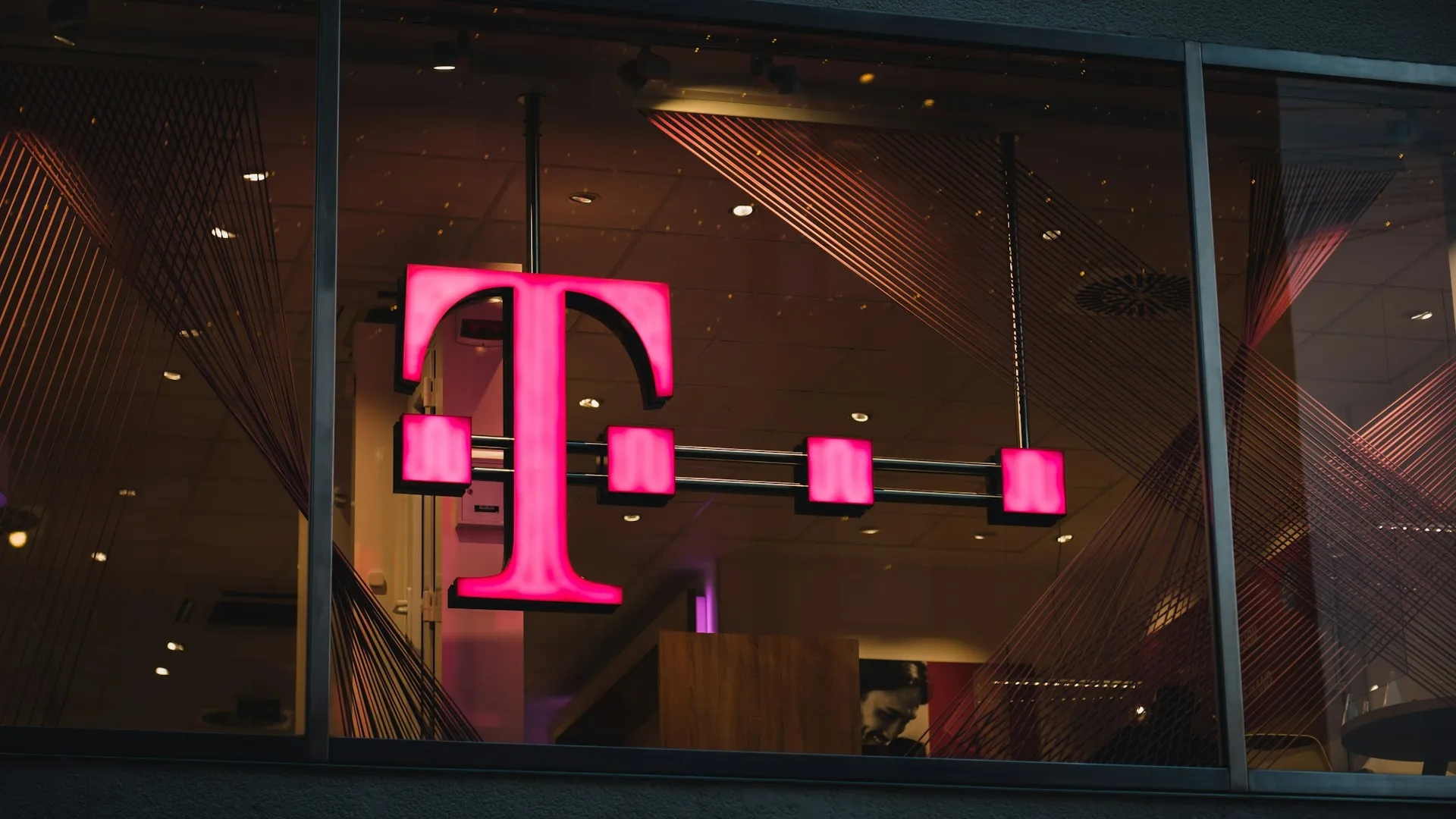




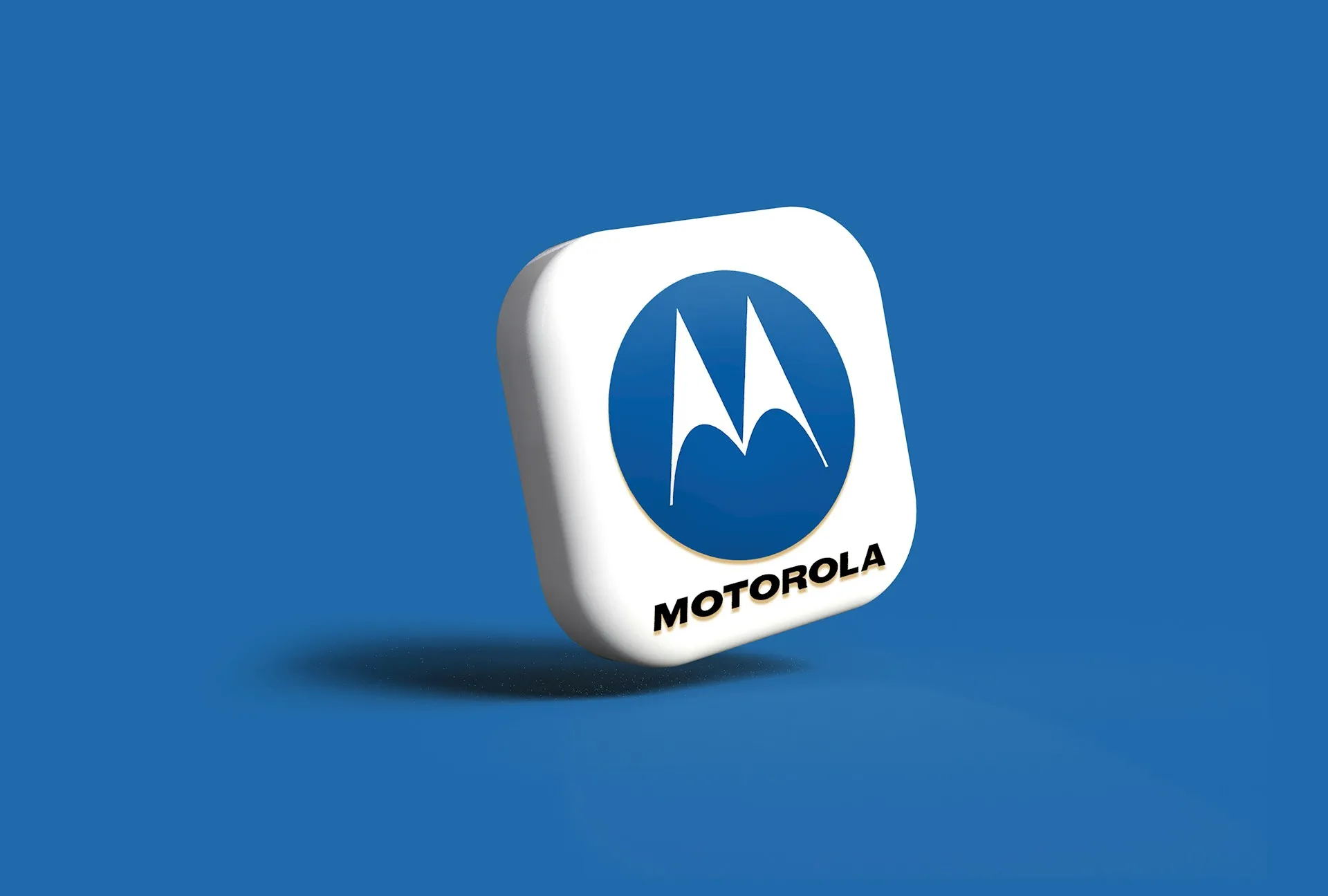
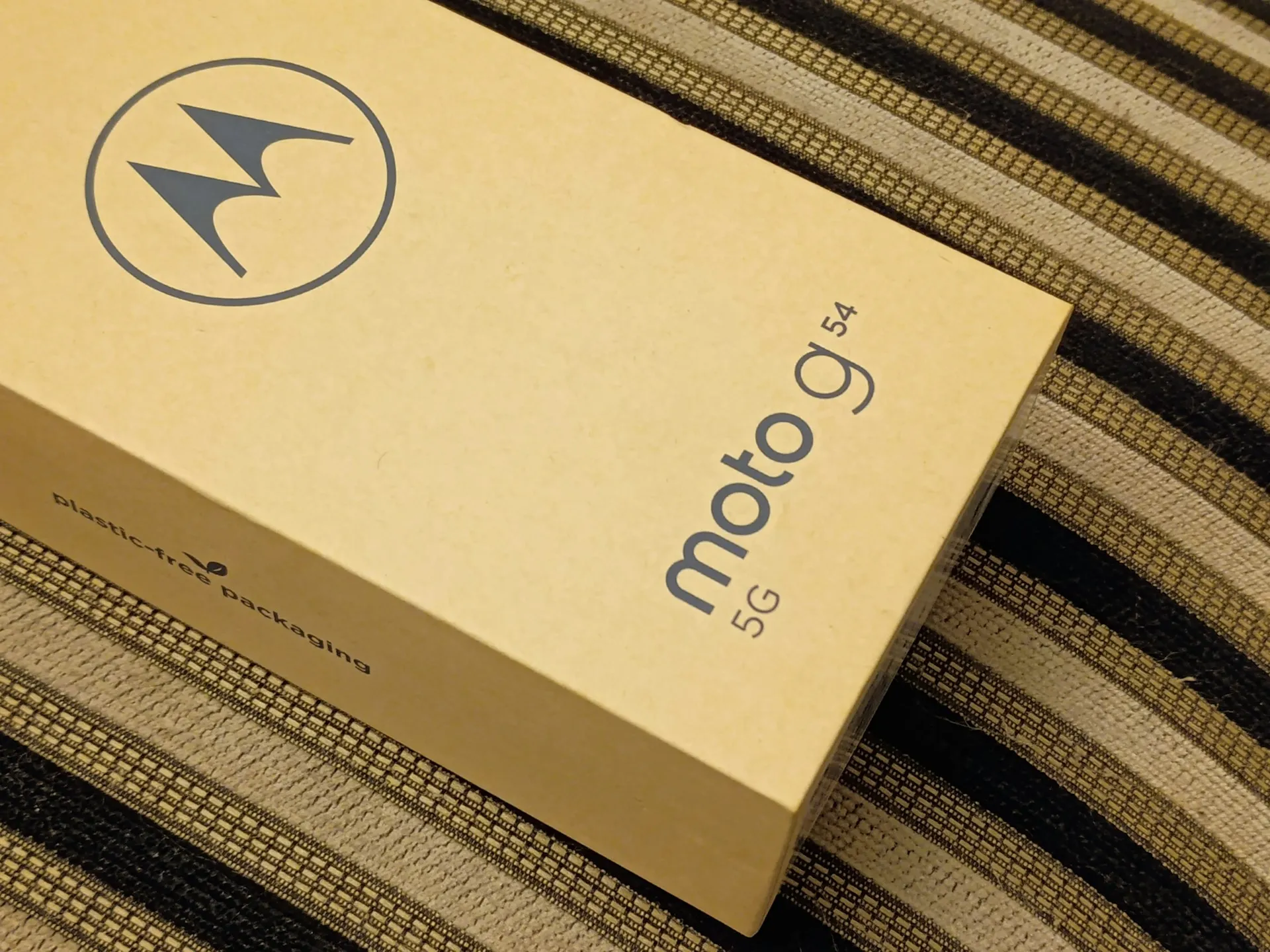

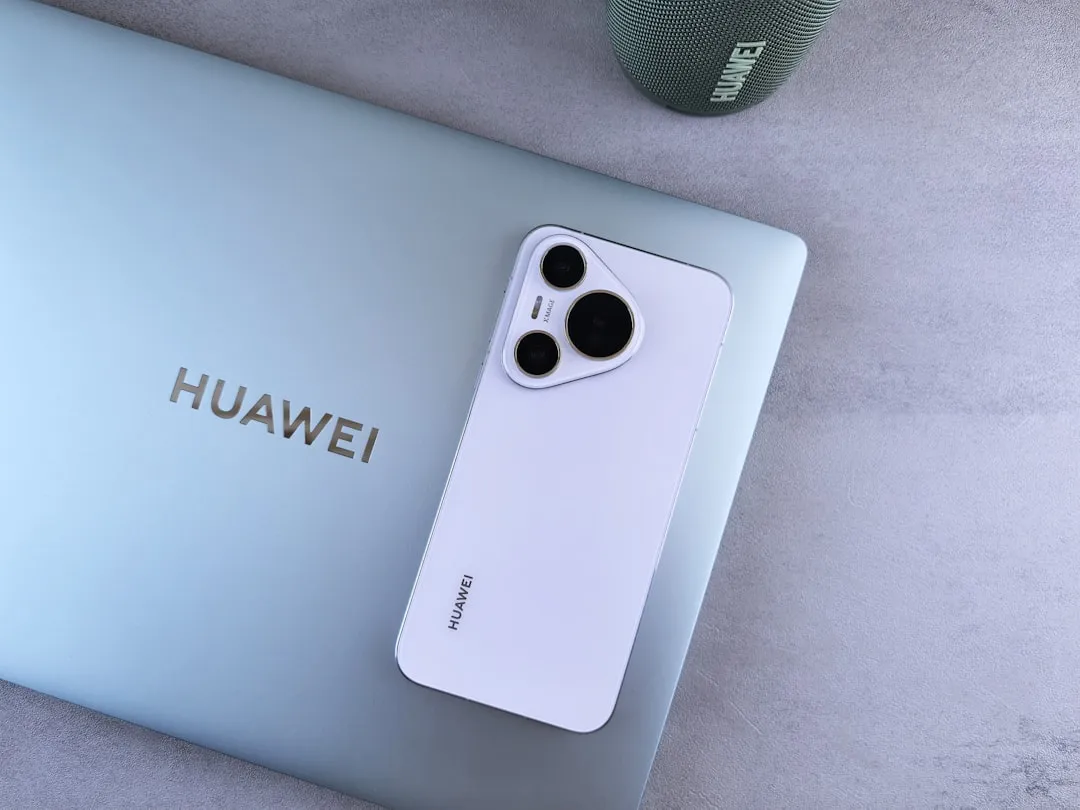
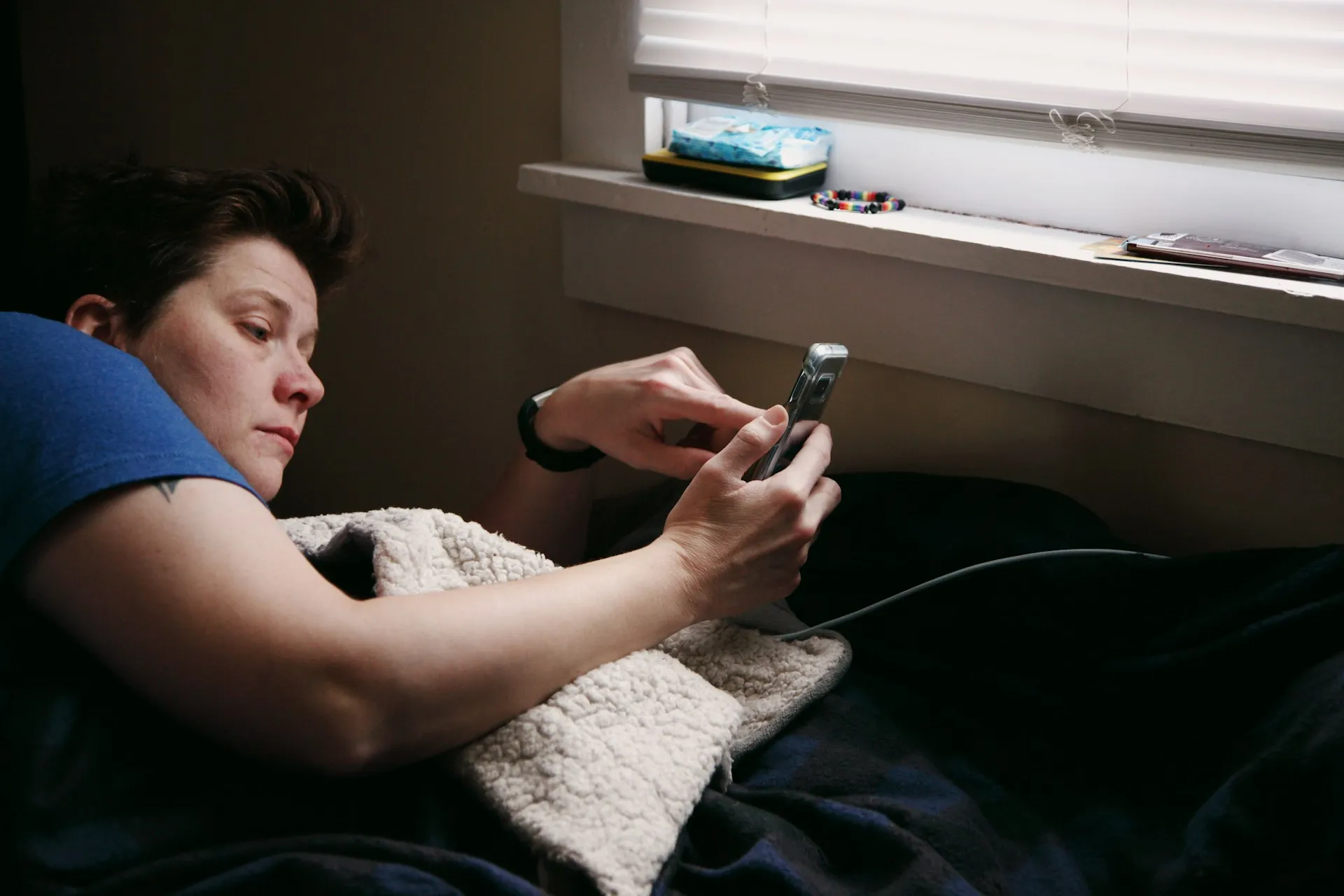
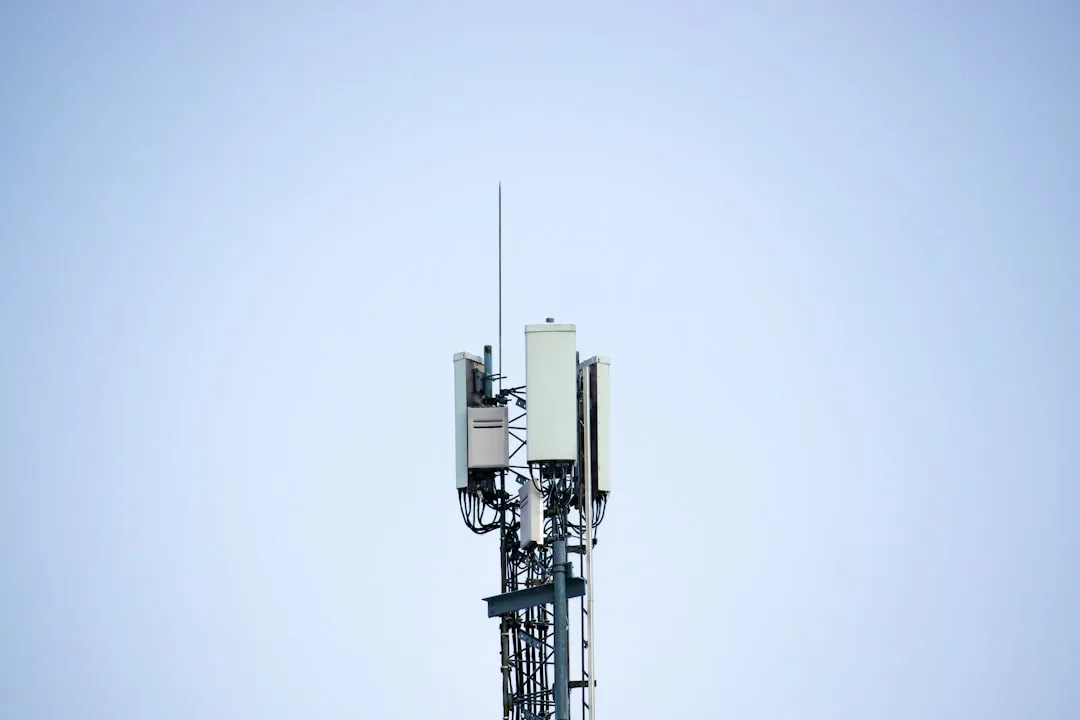
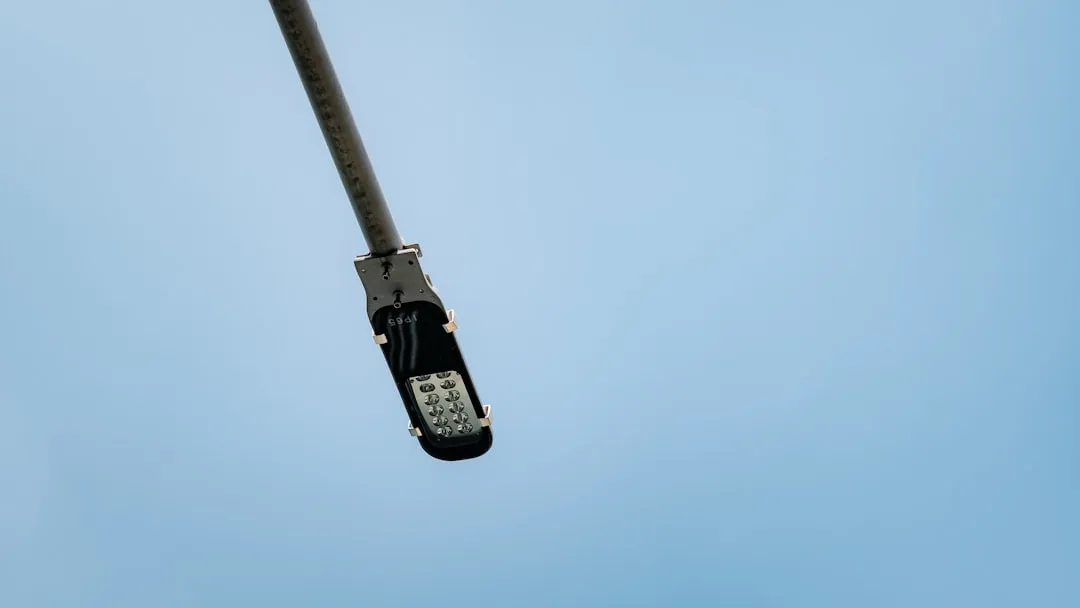

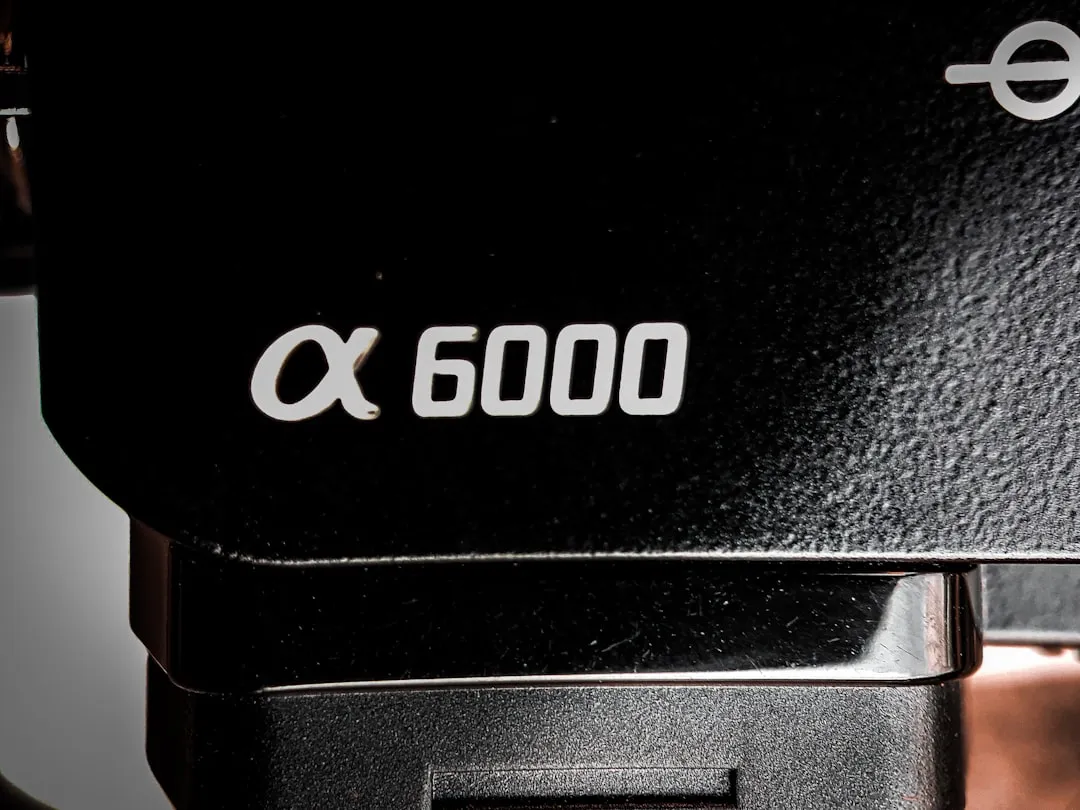
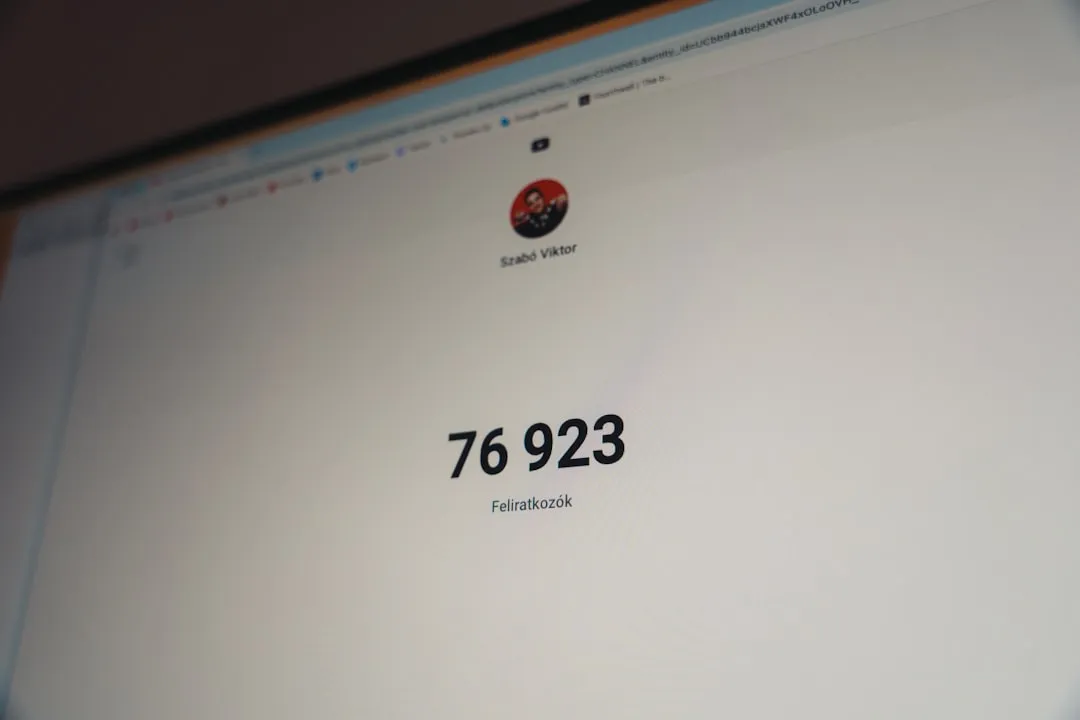
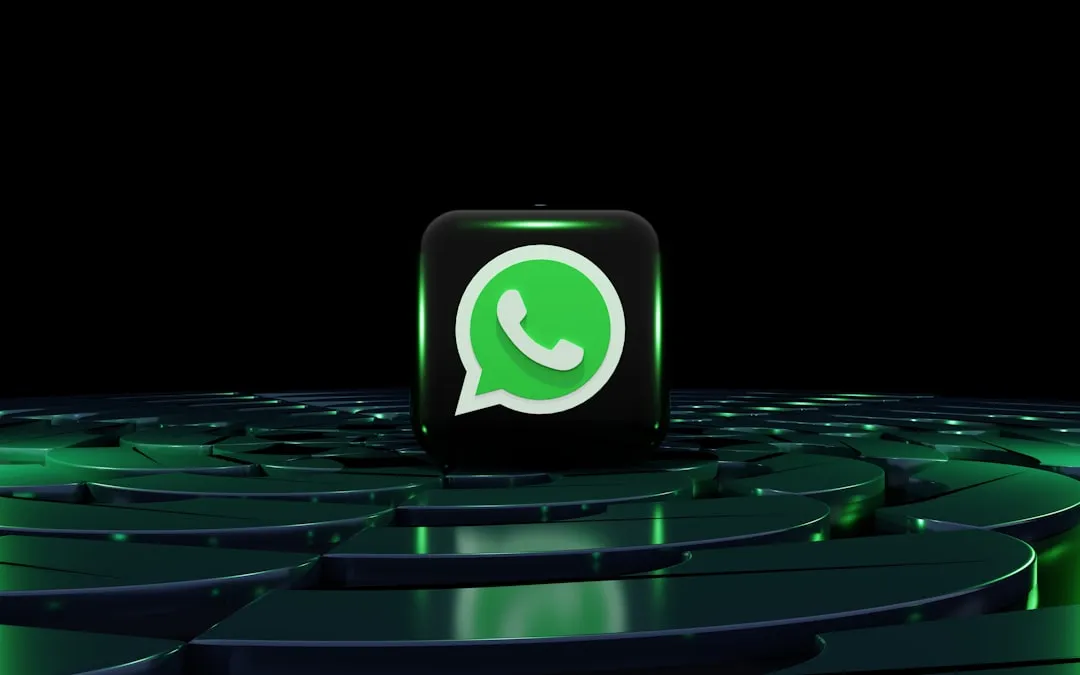
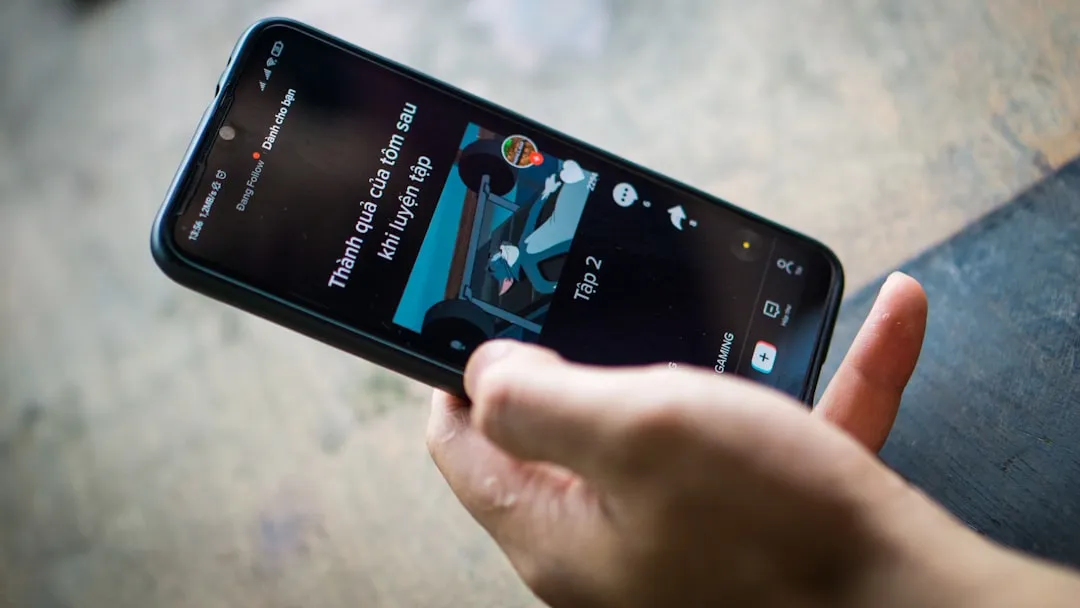


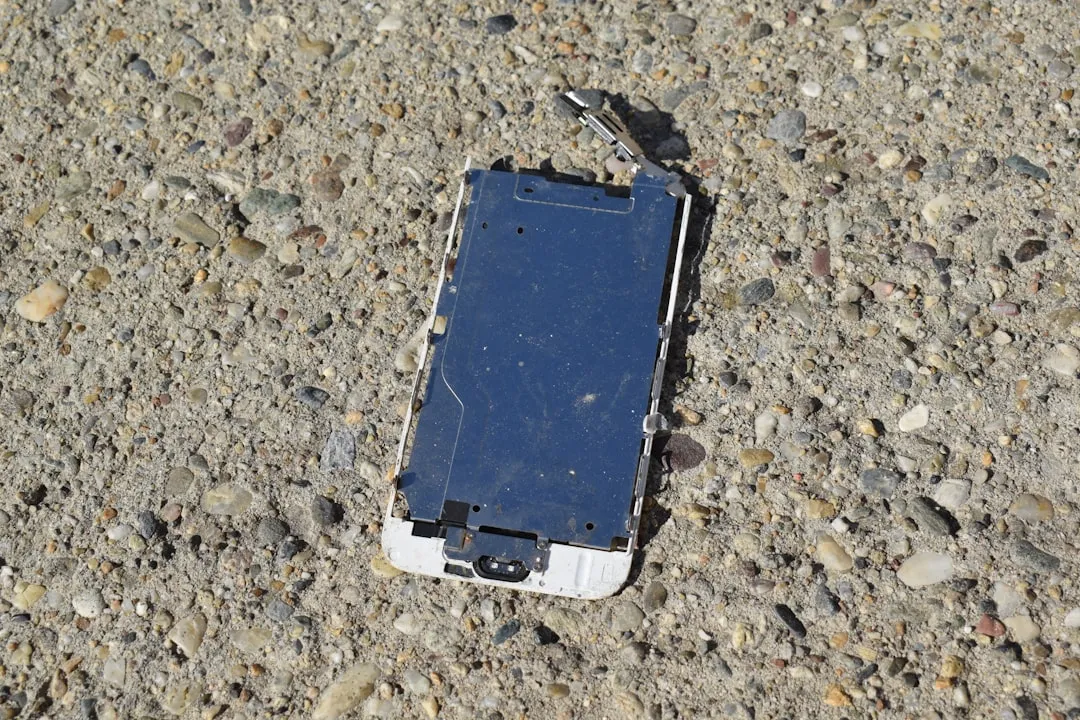

Comments
Be the first, drop a comment!